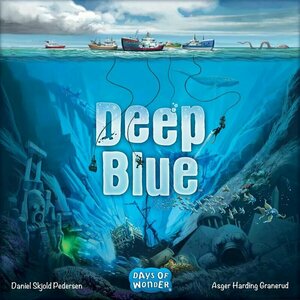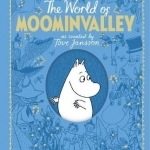
The Moomins: The World of Moominvalley
Book
'It's the most wonderful valley in the world.' - Moomintroll Step into the magical world of...
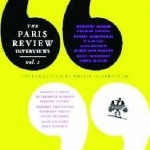
The Paris Review Interviews: I
Book
From William Faulkner's famous reply, 'The writer's only responsibility is to his art,' to James...
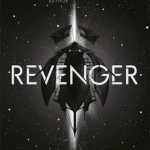
Revenger
Book
The galaxy has seen great empires rise and fall. Planets have shattered and been remade. Amongst the...
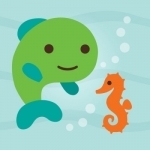
Sago Mini Ocean Swimmer
Education and Games
App
Laugh out loud as you explore a magical underwater world with Fins the fish. Invite Fins out to play...
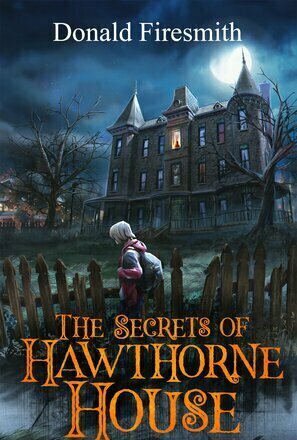
The Secrets of Hawthorne House
Book
Fifteen-year-old Matt Mitchell was having the worst summer imaginable. His misery started when his...
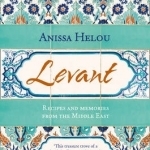
Levant: Recipes and Memories from the Middle East
Book
Anissa Helou's Levant is a collection of mouth-watering recipes inspired by Anissa's family and...

Trendsales – køb og salg af secondhand modevarer
Lifestyle and Shopping
App
Buy, sell and swap secondhand clothing continuous while being on the move. Create cool and...
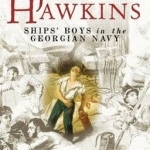
The Real Jim Hawkins: Ships' Boys in the Georgian Navy
Book
Generations of readers have enjoyed the adventures of Jim Hawkins, the young protagonist and...
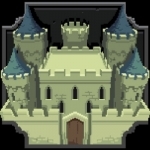
Realm Grinder
Games
App
Grow your kingdom, build alliances, and explore one of the deepest idle RPG's ever! Use your money...
